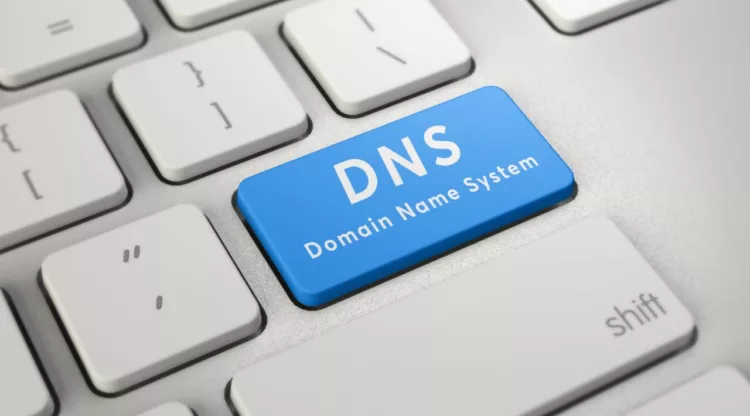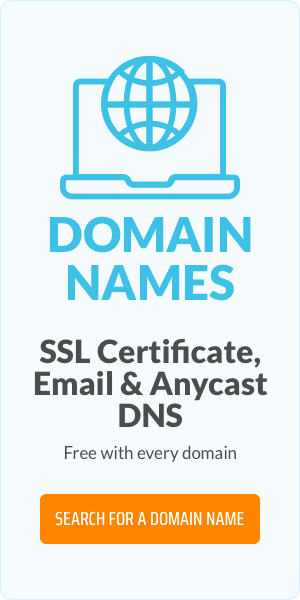What is DNSSEC and Should You Enable It? A 2025 Guide

Your domain is the foundation of your online presence that ensures your website remains accessible and trustworthy. But how secure is your domain management? Learn how DNSSEC can strengthen your domain’s security and enhance your business’s reliability.
Learn what DNSSEC is, how it works, whether you should enable it, and the steps to implement it.
What is DNSSEC?
DNSSEC (Domain Name System Security Extensions) is a set of protocols designed to add an extra layer of security to the Domain Name System (DNS). The DNS acts like the phonebook of the internet, translating human-readable domain names (like eurodns.com) into IP addresses.
However, the DNS was not originally built with robust security in mind, making it vulnerable to cyber threats like DNS spoofing or cache poisoning, where attackers redirect users to malicious sites.
DNSSEC helps prevent these attacks by digitally signing DNS responses, ensuring their authenticity and integrity.
How Does DNSSEC Work?
DNSSEC secures DNS data by adding cryptographic signatures. Here’s a simplified breakdown:
- Digital signatures: DNS responses are signed with cryptographic keys to verify authenticity.

- Chain of trust: DNSSEC builds a hierarchical trust chain from the DNS root to your domain, validating each level’s signatures.
- Public and private keys: Domains sign their DNS records with a private key, while the corresponding public key is published in DNS for verification.
This process ensures DNS data isn’t intercepted or altered in transit.
Should I Enable DNSSEC?
Enabling DNSSEC is highly recommended if you value online security. Benefits include:
- Enhanced security: Protects against DNS spoofing and cache poisoning.
- Trust & credibility: Ensures your domain's legitimacy, fostering user trust.
- Compliance: Helps meet industry-specific security standards.
- Future-proofing: Prepares your domain for evolving cybersecurity threats.
How to Enable DNSSEC for Your Domain
1. Check DNSSEC Support
Confirm your domain registrar and DNS hosting provider support DNSSEC. Most reputable services, like EuroDNS, offer DNSSEC integration.
2. Generate DNSSEC Keys
You'll need to generate:
- Key Signing Key (KSK): Signs the DNSKEY records.
- Zone Signing Key (ZSK): Signs other DNS records.
Use your DNS provider’s interface or DNSSEC tools to create these keys securely.
3. Sign Your DNS Zone
Apply the ZSK to sign all DNS records in your zone. Your DNS hosting provider usually provides tools for this step.
4. Publish DNSKEY and DS Records
- Upload DNSKEY records to your DNS zone.
- Generate a Delegation Signer (DS) record and submit it to your domain registrar.
5. Test DNSSEC Implementation
- Use tools like Verisign DNSSEC Debugger to validate DNSSEC deployment.
- Resolve any errors to ensure proper configuration.
6. Monitor and Maintain DNSSEC
- Regularly monitor DNSSEC status for ongoing protection.
- Rotate keys periodically to maintain security.
Considerations Before Enabling DNSSEC
- Technical complexity: DNSSEC can be technically demanding; ensure your provider supports it.
- Maintenance: Requires regular key management and monitoring.
- Compatibility: Ensure all DNS configurations are DNSSEC-compatible to avoid disruptions.
Final Thoughts on DNSSEC
DNSSEC is essential for protecting your domain from hijacking and ensuring data integrity. Combined with robust domain privacy measures, it fortifies your online presence.
Take proactive steps to enable DNSSEC today and build lasting trust with your audience.
Istanbul Insights: Key Outcomes from ICANN 81
How does a Web Application Firewall (WAF) protect your website?
Related articles:

